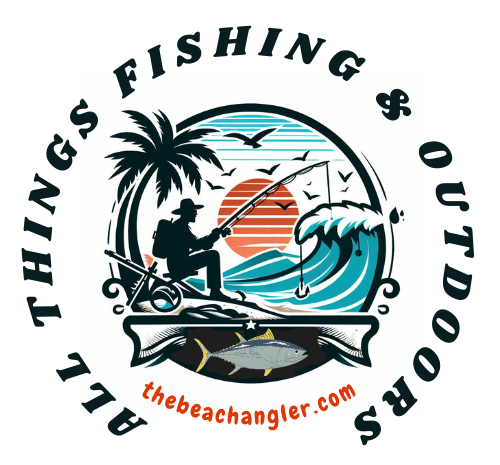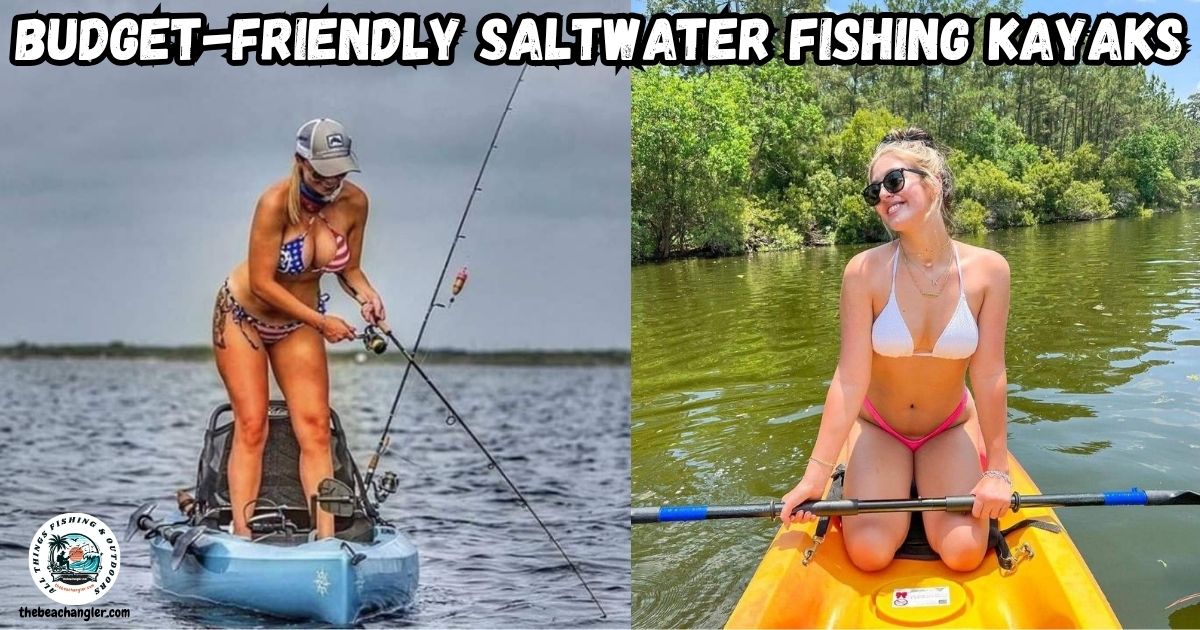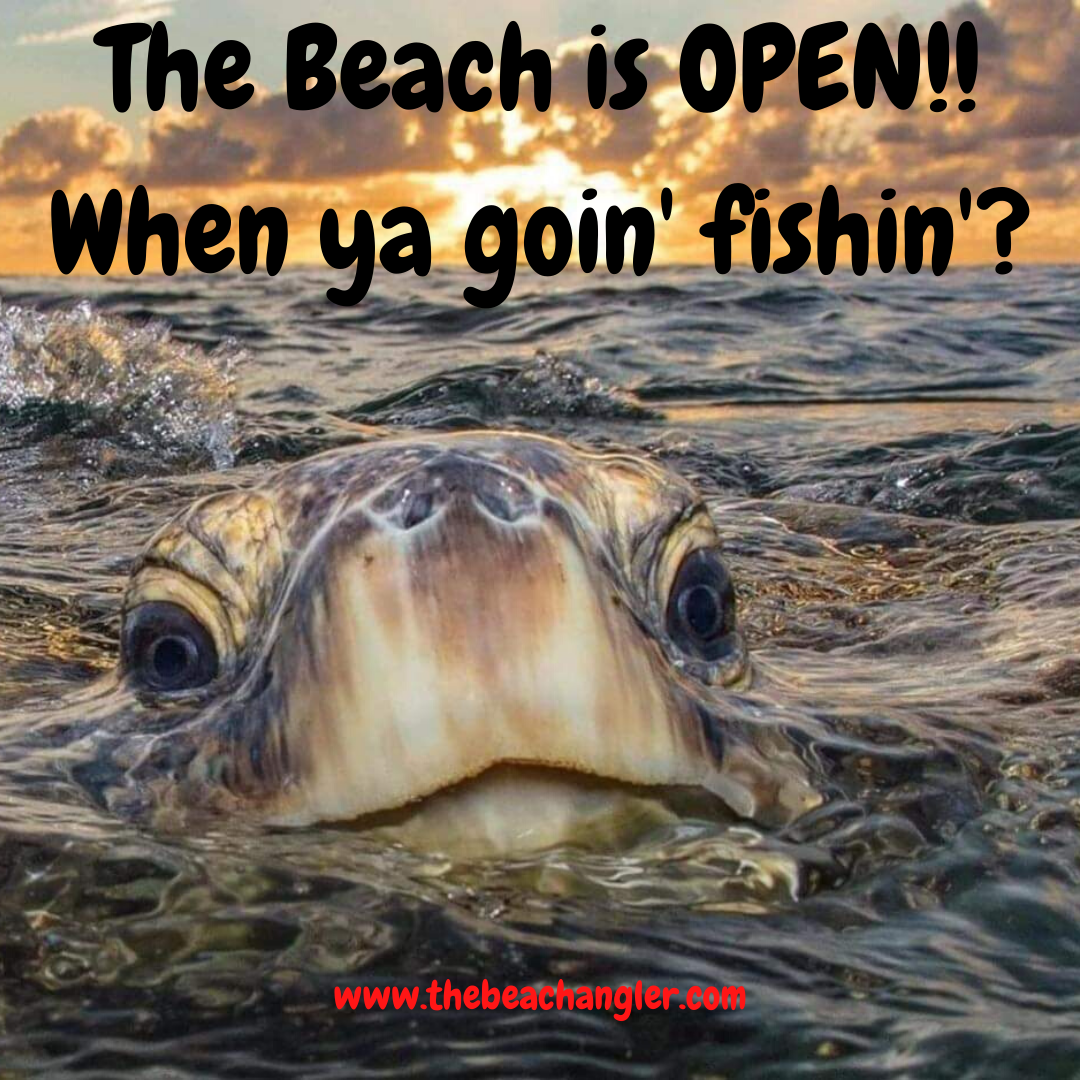Starting saltwater fishing from a kayak can be both exciting and rewarding. Choosing your first budget-friendly saltwater fishing kayak might feel daunting because of all the options, features, and price points out there. To make things more approachable, I’ll share what I’ve learned about picking and using beginner-friendly fishing kayaks for saltwater adventures without breaking the bank.
QUICK LOOK: Top Budget-Friendly Saltwater Fishing Kayaks
- Vibe Shearwater 125 – A versatile 12’6″ kayak with a wide beam for stability, standing deck, and modular pod system for pedal or paddle power. Great for anglers who want to customize their setup.
- Lifetime Yukon Angler 116 – Adjustable Frame Seating System with Two Settings- 2 Flush Mount Rod Holders, Skeg Wheel for Enhanced Tracking and Easy Transportation. High Initial Stability Hull Allows for Stand-Up Casting
- Perception Pescador Pro 12.0 – With its spacious storage and comfortable seating, this kayak is a perfect match for recreational anglers. Its smart design allows for efficient movement on the water, helping you get closer to the action.
- Point 65 Tequila GTX Angler Solo – A modular kayak that breaks down for easy transport and storage. Features rod holders, a tracking keel, and a comfy AIR seat—perfect for anglers with limited space.
- Sun Dolphin Boss 10 SS – Budget-friendly and lightweight, with multiple rod holders and a removable accessory carrier. Great for calm inshore waters and beginners.
Why Saltwater Fishing Kayaks are Different (and How to Start Smart)
Saltwater fishing puts different demands on a kayak compared to freshwater situations. Beyond the usual waves and wind, you’ll be dealing with salt, which can cause damage over time. So durability, stability, and the right features make a huge difference. The good news is that entry-level models with solid basics are available, and they’re more affordable today than ever.
Saltwater kayaks became more accessible as recreational fishing grew, and now companies design sturdy, functional kayaks with beginners in mind. Picking a kayak you feel confident in can make your first few trips much smoother, especially if you’re still building up your paddling or fishing skills.
What Matters Most in a Budget Saltwater Fishing Kayak
When shopping for your first kayak, try not to get caught up in flashy extras. My experience has shown that a few practical things matter most:
- Stability: A wider hull helps the kayak stay steady even in choppy water, so you don’t have to worry about tipping while reaching for gear or standing up to cast.
- Weight Capacity: Add up your weight plus all your fishing gear. If you overload, the kayak will ride lower in the water, and stability goes down, which is the last thing you want in the ocean.
- Seating: Long days are much better with a seat that gives good back support. Least expensive kayaks may only have a molded seat, but I recommend looking for thick seat pads or adjustable backs if you can.
- Rod Holders: Even one built-in rod holder makes hands-free fishing much easier. Placement matters too. Check if you can reach them from your seat.
- Storage: Saltwater fishing means bringing extra gear, so roomy tank wells, rear storage, and watertight hatches become important. Make sure you have enough space for tackle, cooler, and other essentials.
- Hull Material: Most budget kayaks are made from high-density polyethylene, which stands up to scrapes and is easy to rinse. Not all plastics are equal, but I’ve found most entry-level saltwater kayaks last for years with basic care.
- Pedal Drive (Optional): Hands-free pedaling lets you fish while moving, but pedal systems raise the price. For many beginners, a paddle-only kayak is perfectly fine and much lighter to carry.
Tips for Saving Money: Buying Used and Setting Priorities
If you’re on a tight budget, buying a used fishing kayak is a smart move. Many fishing groups online, especially local Facebook groups and fishing forums, have listings from folks upgrading their gear. I’ve bought used kayaks before and saved a lot. Look for cracks, big repairs, or sun damage on the body, and make sure accessories like seats and rod holders are still firmly attached.
Don’t feel pressured to load up on accessories from day one. Start with must-haves: a decent paddle, a reliable life jacket, and safety gear. You can always add extras like GPS units, gear tracks, or fancier seats later if you stick with the hobby.
Getting Started with Your First Saltwater Fishing Kayak
Once you have your kayak, a few basic steps make your first saltwater trips safer and easier. Here’s what has helped me and many others:
- Test Paddle First: If possible, try out a few kayaks before buying. Kayak shops, local outfitters, or demo days let you figure out which designs feel right and whether you’re comfortable getting in and out.
- Know Your Environment: Are you mainly fishing in bays, tidal rivers, or calm inshore waters? Wider, shorter kayaks turn more easily in small channels, while longer kayaks track straighter if you have to paddle distances in open water.
- Invest in a Good Paddle and Life Jacket: A lightweight paddle puts less strain on your arms, and a comfortable, well-fitted life jacket is not optional. It’s really important for safety.
- Read Reviews: Before buying, check out user reviews, YouTube test videos, and independent fishing websites. These firsthand accounts often mention pros and cons that sales pages skip over.
- Pack Smart: Only take what you need for a short trip at first. Too much gear in a small kayak makes paddling, fishing, and landing fish harder.
Features That Add Value, Even On a Budget
Here are some cool features I’ve found valuable, even on affordable models:
- Flush-mounted Rod Holders: Built-in holders for rods keep things simple and avoid cluttering the deck.
- Bungee Tank Wells: Stretchy bungee cords hold crates or coolers in the back, so your gear stays put when you hit waves.
- Paddle Parks: These are little slots or hooks that keep your paddle from floating away while you fish.
- Basic Anchor Trolley: An anchor or stakeout pole lets you hold position in the wind or tide, which can really help if you’re targeting bottom species.
Some beginner models offer accessory tracks, which make it possible to mount upgrades like extra rods or fish finders down the road.
Top 5 Budget-Friendly Saltwater Fishing Kayaks for Beginners
If you’re planning to chase reds, specks, or flounder along the Texas coast, a kayak built for inshore saltwater fishing is your best ally. These kayaks are designed for stability, stealth, and maneuverability in shallow, tidal waters. You might want to check out:
Top 5 Saltwater Fishing Kayaks on a Budget
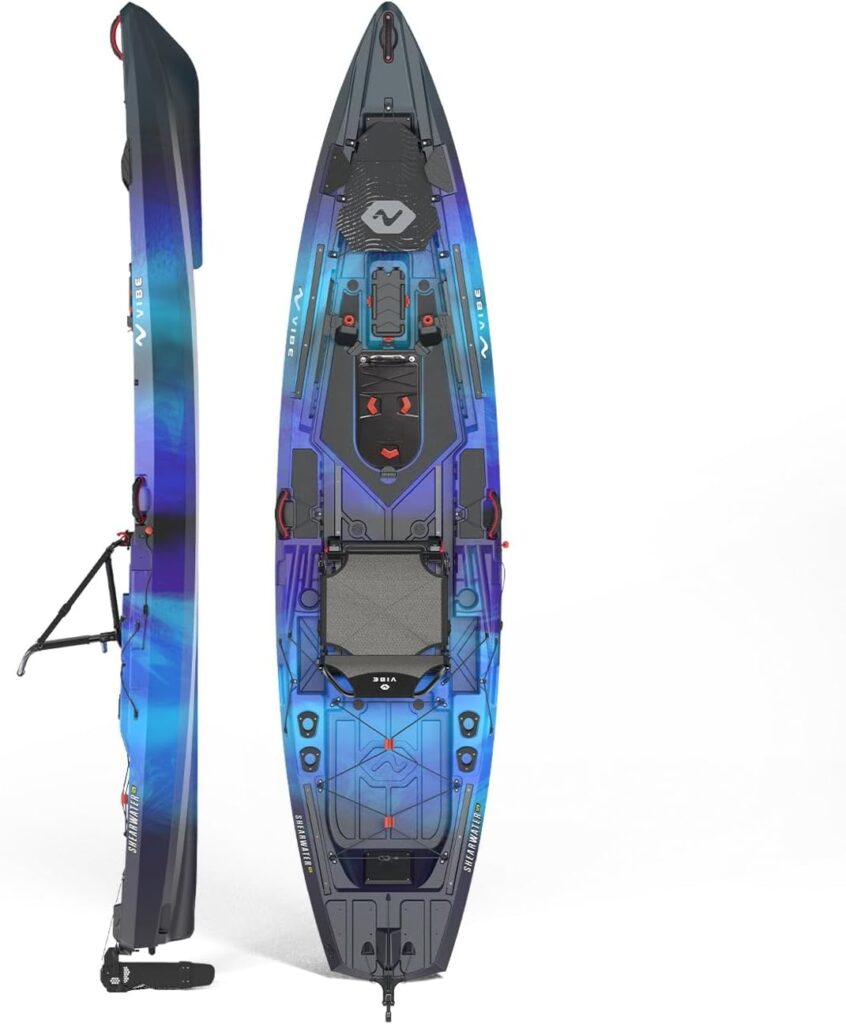
A versatile 12’6″ kayak with a wide beam for stability, standing deck, and modular pod system for pedal or paddle power. Great for anglers who want to customize their setup.

Adjustable Frame Seating System with Two Settings- 2 Flush Mount Rod Holders, Skeg Wheel for Enhanced Tracking and Easy Transportation. High Initial Stability Hull Allows for Stand-Up Casting

With its spacious storage and comfortable seating, this kayak is a perfect match for recreational anglers. Its smart design allows for efficient movement on the water, helping you get closer to the action.
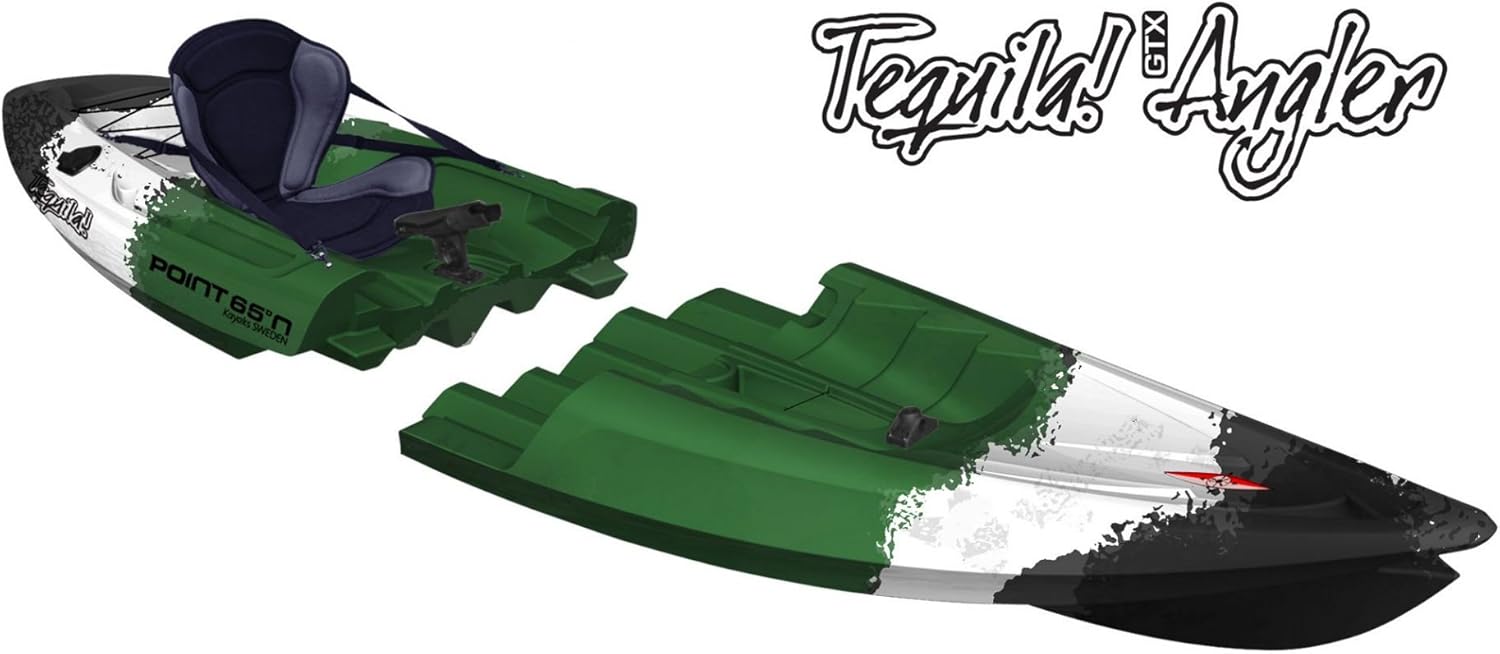
Point 65 Tequila GTX Angler Solo
A modular kayak that breaks down for easy transport and storage. Features rod holders, a tracking keel, and a comfy AIR seat—perfect for anglers with limited space.
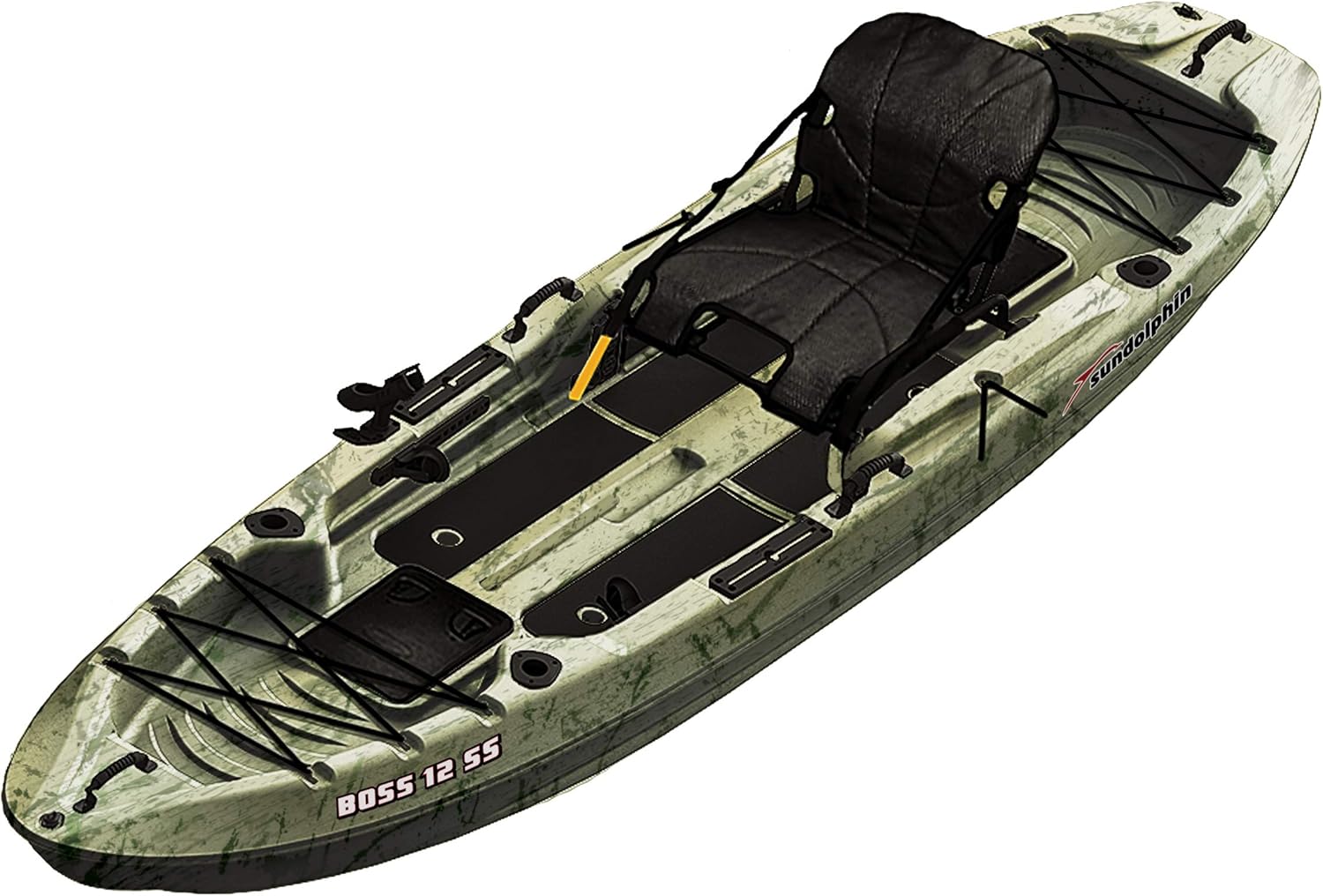
Budget-friendly and lightweight, with multiple rod holders and a removable accessory carrier. Great for calm inshore waters and beginners.
Common Questions About Getting Started
People often want clear answers before buying their first fishing kayak. Here are a few questions I get asked most:
How stable are budget-friendly saltwater fishing kayaks?
Most entry-level kayaks designed for fishing have wider hulls, so they feel stable enough for beginners. If you want to stand while fishing, look for kayaks at least 30 inches wide and practice in calm water first.
Should I get a pedal or paddle kayak?
Paddle kayaks are lighter, easier to carry, and much less expensive. Pedal kayaks allow hands-free fishing, but even “budget” models can be pricey and heavier to lift and store.
How do I keep my gear safe from saltwater?
Rinse everything with fresh water after each trip, especially metal parts and any exposed zippers. Use dry bags inside hatches for things like your phone or wallet. Basic kayak maintenance keeps everything working longer.
Where should I fish as a beginner?
Protected bays, calm estuaries, and shoreline flats are good starting spots. Avoid rough surf, busy boat lanes, or open ocean until you’re more experienced and know your kayak’s limits.
Advanced Tips for Comfort and Success
As you get more comfortable, a few tricks can help make your trips more enjoyable and productive:
- Upgrade seating if possible: Even a cheap kayak feels better with an aftermarket seat cushion. You’ll thank yourself after a few hours.
- Install DIY rod leashes and paddle leashes: Losing gear in the water is frustrating. Simple leashes made from paracord or elastic can save rods and paddles from sinking.
- Bring sunscreen and hydration: I see a lot of new anglers forget these basics. Saltwater trips can be hot and tiring, especially if you’re focused on fishing.
- Plan your launch and landing: Look up local boat ramps or kayak launches, and check tides and weather. You don’t want to end up fighting strong currents or winds at the end of a long day.
- Learn about local fish species: Knowing what fish you’re likely to catch, their habits, and preferred bait can step up your fishing adventure. Research your area or ask at local bait shops for advice and tips.
The Essentials: Gear and Accessories That Make a Difference
Getting started with just the basics keeps things simple and gets you on the water faster. Here’s what I always recommend for new kayak anglers:
- Kayak cart: Moving your kayak from your car to the launch spot can be awkward. Simple two-wheel carts are affordable and save your back.
- Dry bags: Keep your valuables and a change of clothes dry. Even cheap dry bags work well.
- Whistle or signaling device: Coast Guard law requires it in many areas.
- Small cooler or insulated bag: For lunch, water, and keeping your catch fresh.
- First aid kit: Minor cuts and scrapes can happen out on the water. Having a compact first aid kit gives you peace of mind.
In many popular fishing spots, you’ll see people with all kinds of fancy gear, but the essentials above keep your first trips fun, productive, and safe.
Final Advice for Beginners
Starting out with saltwater kayaking for fishing doesn’t have to be expensive or overwhelming. Focus on a stable kayak with the right weight capacity, built-in storage, and at least basic rod holders. Take your time to shop around and consider used options if you’re on a budget.
Remember, comfort and safety are more important than having every extra accessory. Once you’ve got your basics down, the world of saltwater fishing from a kayak opens up for years of adventure.
If you need more all-in-one buying guides and reviews, REI has a helpful resource on kayak fishing basics. Kayak Angler Magazine shares super detailed reviews of budget fishing kayaks that can help you make the right choice for your local waters and budget.
Check Out Our Most Recent Articles:
- Daiwa Seaborg Electric Reels
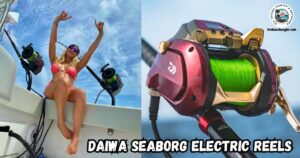
- 9 Winter Surf Fishing Tips For Stripers

- KastKing Sharky Baitfeeder III Spinning Reel
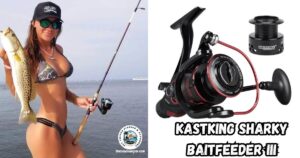
- Are Drones Legal For Fishing?
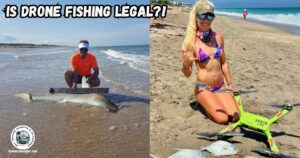
- Piscifun Atlantix Electric Reels

- Bulls And Pomps From The Winter Surf
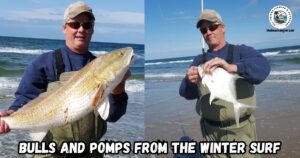
As always, stay safe, enjoy the journey, and please try to leave it cleaner than you found it. If you have any comments, questions, ideas, or suggestions, please leave them in the comment section below, and I’ll get back to you ASAP. You can follow us on Facebook: Rex The Beach Angler, Instagram: thebeachangler7, Twitter: @AnglerBeach, and YouTube: Man Art Creations.
P.S. Thanks so much for checking out our blog; we really appreciate it. Just so you know, we may receive a commission if you click on some of the links that appear on our site. This helps us keep our content free and up-to-date for everyone. We appreciate your support!
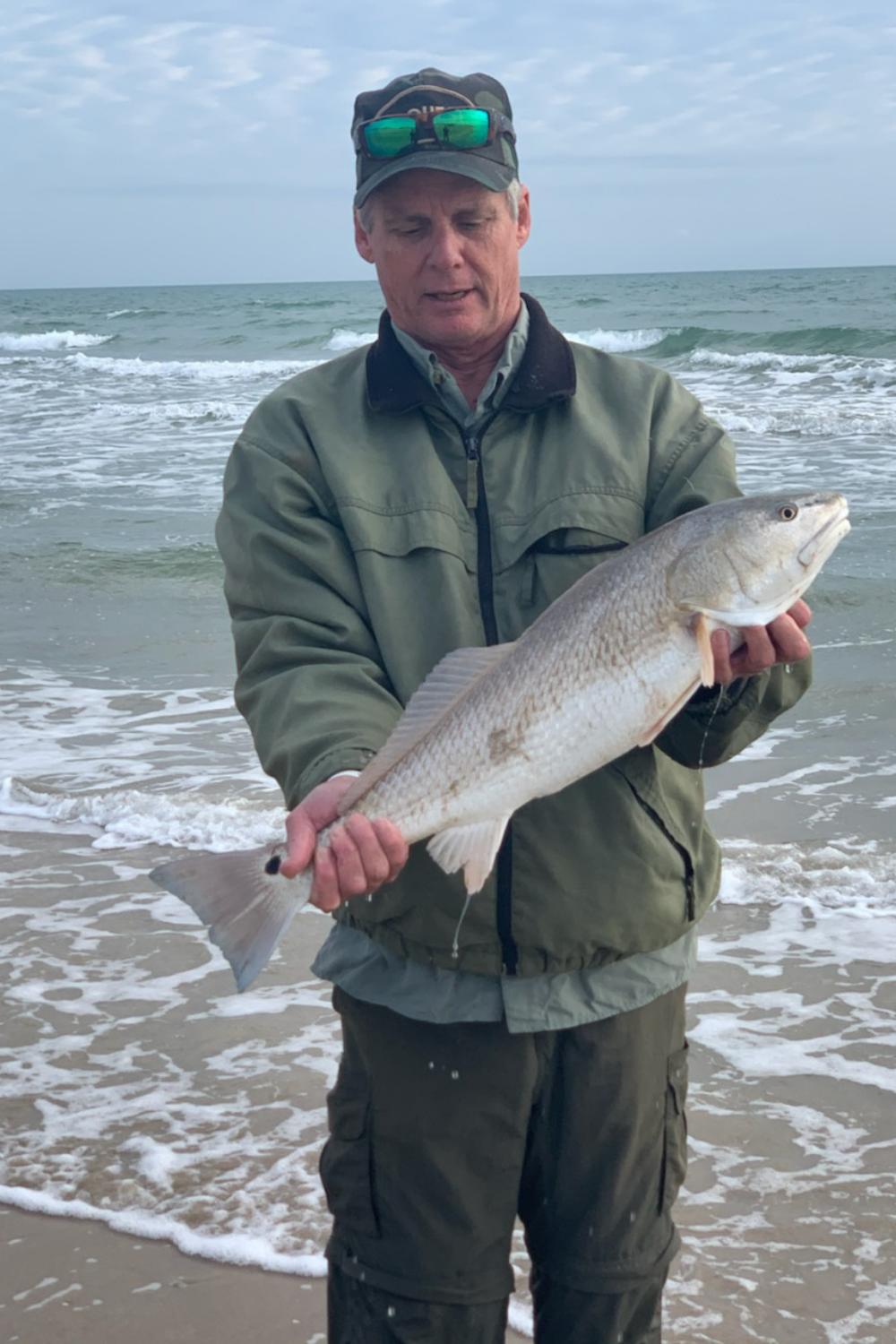
A life long surf fisherman with 50+ years of experience, I am also an avid hunter and outdoorsman. I will be sharing my passion for the outdoors with you so be prepared for hunting, fishing, camping, hiking and more. Along with gear reviews and the latest trends and innovations in the outdoor industry.
